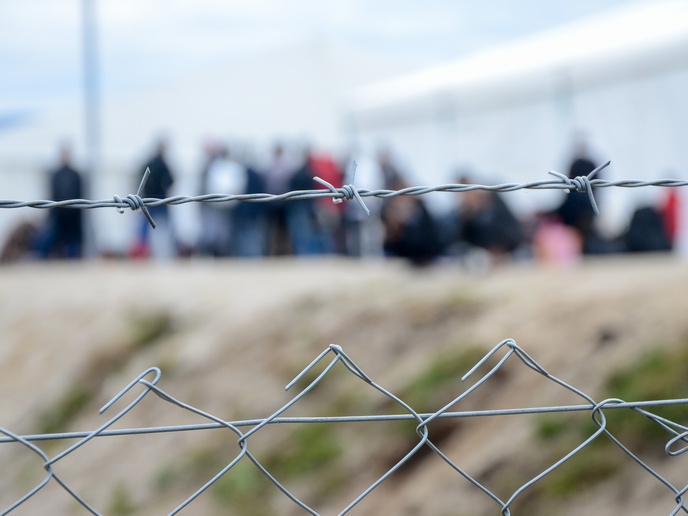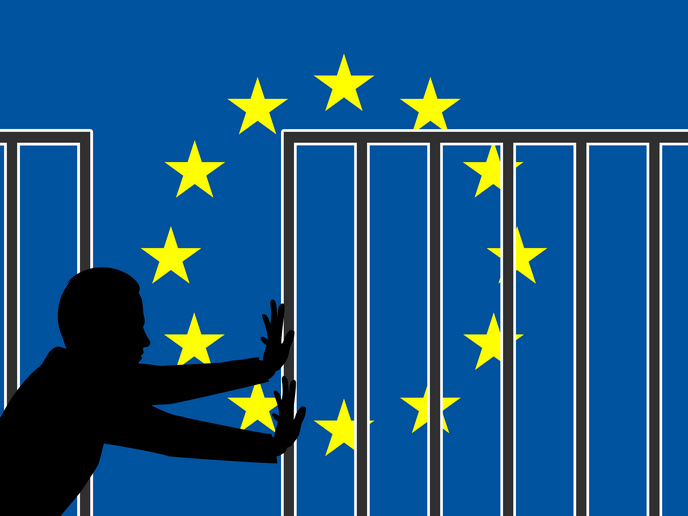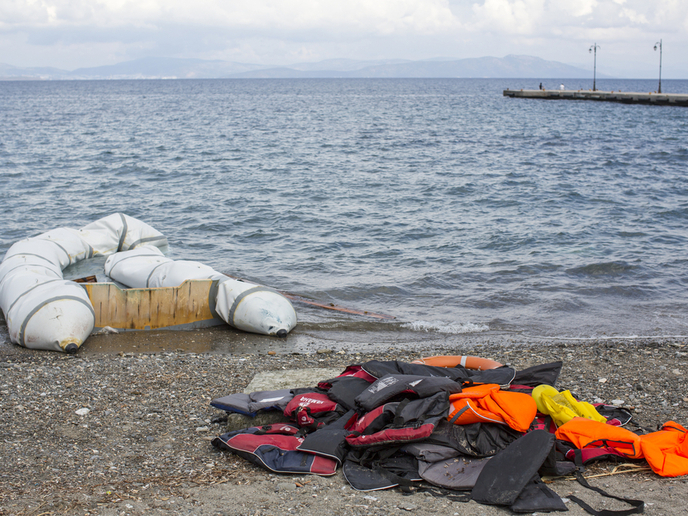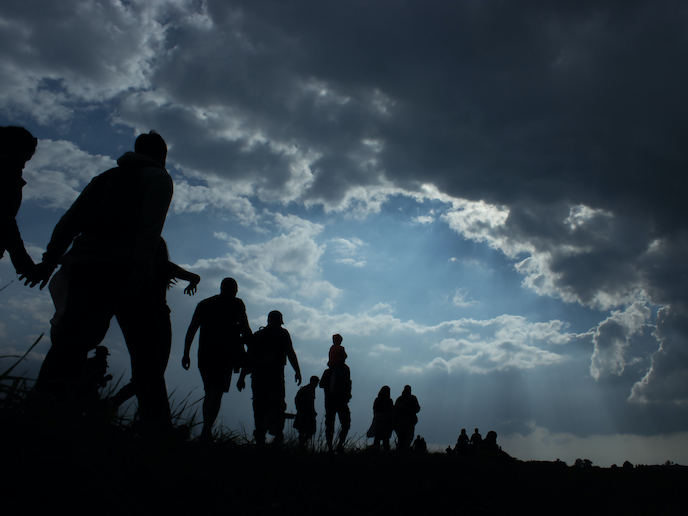Reversing the bad image often associated with asylum seekers in Europe
Examining how asylum and reception systems work on the ground could help reform current policies that have proven to be discriminatory and counterproductive. Such an examination can also help to counter the prevailing narrative that portrays asylum seekers and illegalised migrants as a danger to the receiving societies.
How the border follows migrants after the crossing
Borders are complex systems stretching towards the outside (border externalisation) where the military and the humanitarian are deeply interconnected. Borders also expand towards the inside of national territories – so-called border internalisation. This phenomenon has received very little attention. With the support of the Marie Skłodowska-Curie Actions programme, the BECAMP(opens in new window) project tackled this void in the study of border internalisation. To do so, it considered the reception system aimed at asylum seekers as one of the main mechanisms of the phenomenon. BECAMP focused on the first-arrival countries of Italy and Spain.
Benefiting from personal knowledge
The work draws heavily on the first-hand experience of Caterina Borelli(opens in new window) as a former reception worker and coordinator. An anthropologist at Ca' Foscari University of Venice(opens in new window), she was the principal investigator of the project. Borelli carried out in-depth research at one asylum seeker’s reception centre in a small provincial town in north-eastern Italy. She volunteered at an organisation that managed a reception centre for asylum seekers where she had previously served as coordinator. To gain a comparative perspective, fieldwork then followed at nine different local organisations that managed reception programmes for asylum seekers in Barcelona. Borelli interviewed several employees there and also volunteered in one of them. This resulted in a comprehensive account of life within the Italian and Spanish reception systems. “The research helped unveil the bordering nature of reception programmes by adopting a critical perspective on state hospitality seen not as a benevolent gesture towards humanity in distress, but as an asymmetrical power relationship aimed at keeping the undesired at bay,” explains Borelli.
Undoing the negative, deeply-rooted asylum seeker narrative
A broad range of publications(opens in new window) such as peer-reviewed articles, book chapters, blog posts and a forthcoming illustrated album, as well as seminars, lectures and presentations at international conferences and events, disseminated the project outcomes. Dissemination extended to a broader audience by organising activities with children (migration board game), applying visual methods (photography workshops) and starting a podcast series with Radio Ca' Foscari. “I expect BECAMP to raise awareness about the condition of asylum seekers in Europe awaiting the outcome of their petition for refugee status, as they do not yet have the rights of recognised refugees,” comments Borelli. “This precarious legal status is often perceived as undeserving of the benefits accorded to them, so the awareness raising will contribute to a more just and rights-oriented society.” “I think BECAMP’s principal added value lies in its critical take on state hospitality, which is commonly seen as an uninterested – and undeserved – gift European countries offer to a particular kind of people who are too often accused of taking advantage and exploiting such generosity,” she concludes. “Actually, the law of hospitality, by establishing the rights and duties of guests and hosts, functions as a technology of care and control that places guests in a state of perpetual moral indebtedness and subjugation.”







